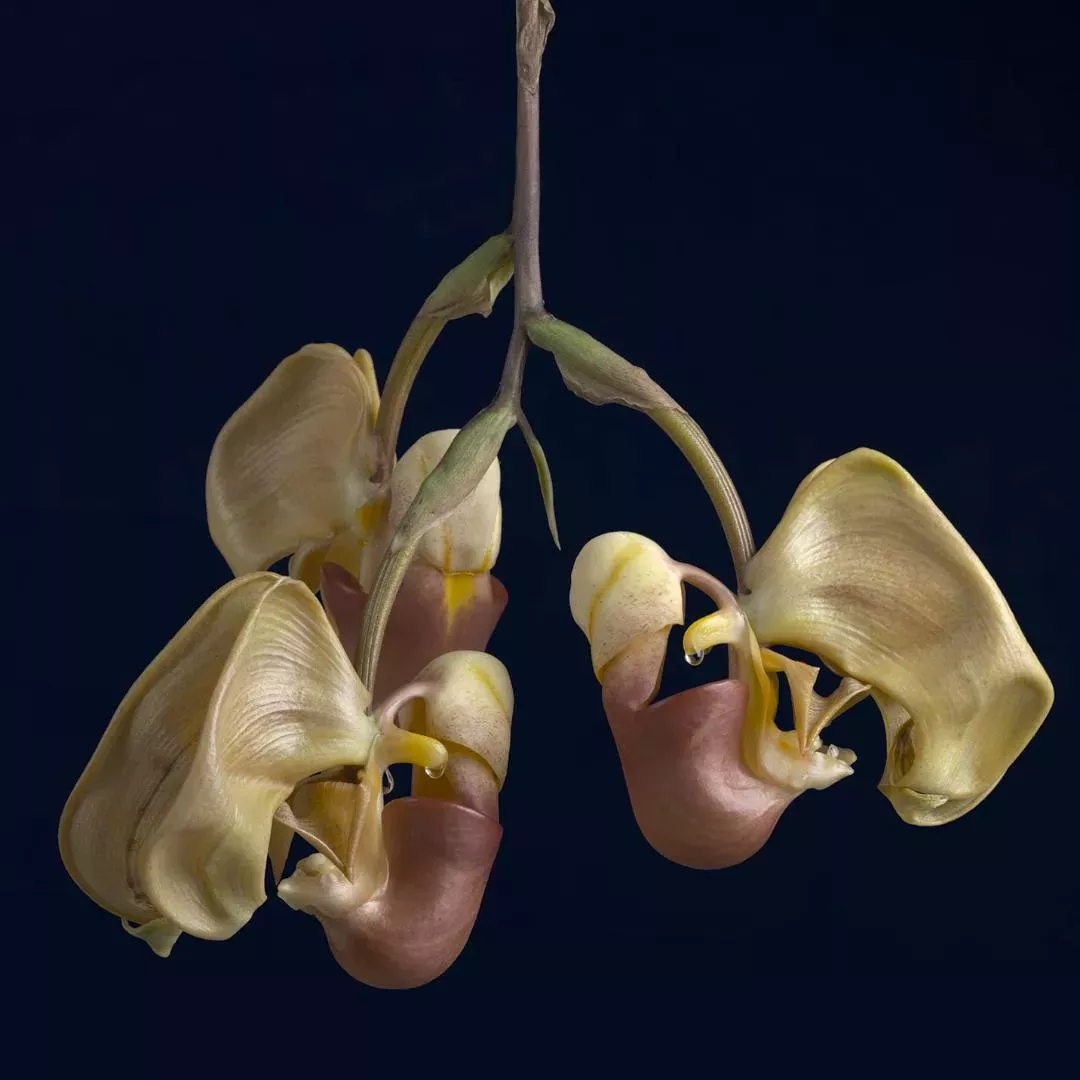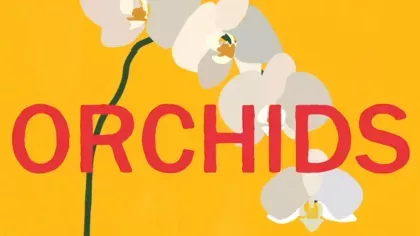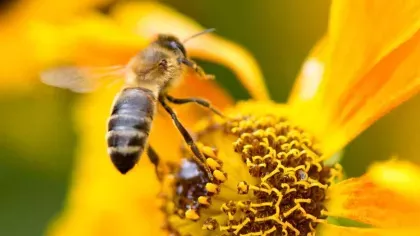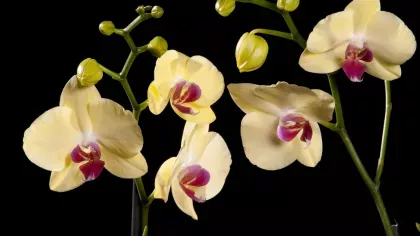4 February 2024
Sneaky orchids and their pollination tricks
Orchids are top tricksters when it comes to pollination.

Orchids display an amazingly diverse array of flowers.
One of the key drivers behind this floral diversity is that some orchid species are exclusively pollinated by a single pollinator species.
The flowers of these picky orchids have very specific shapes.
By being so specific, only one species of insect can access the pollen.
Orchids use a wide variety of complex, highly specialised methods to lure insects and achieve pollination.
Check out these top three orchid pollination tricks.
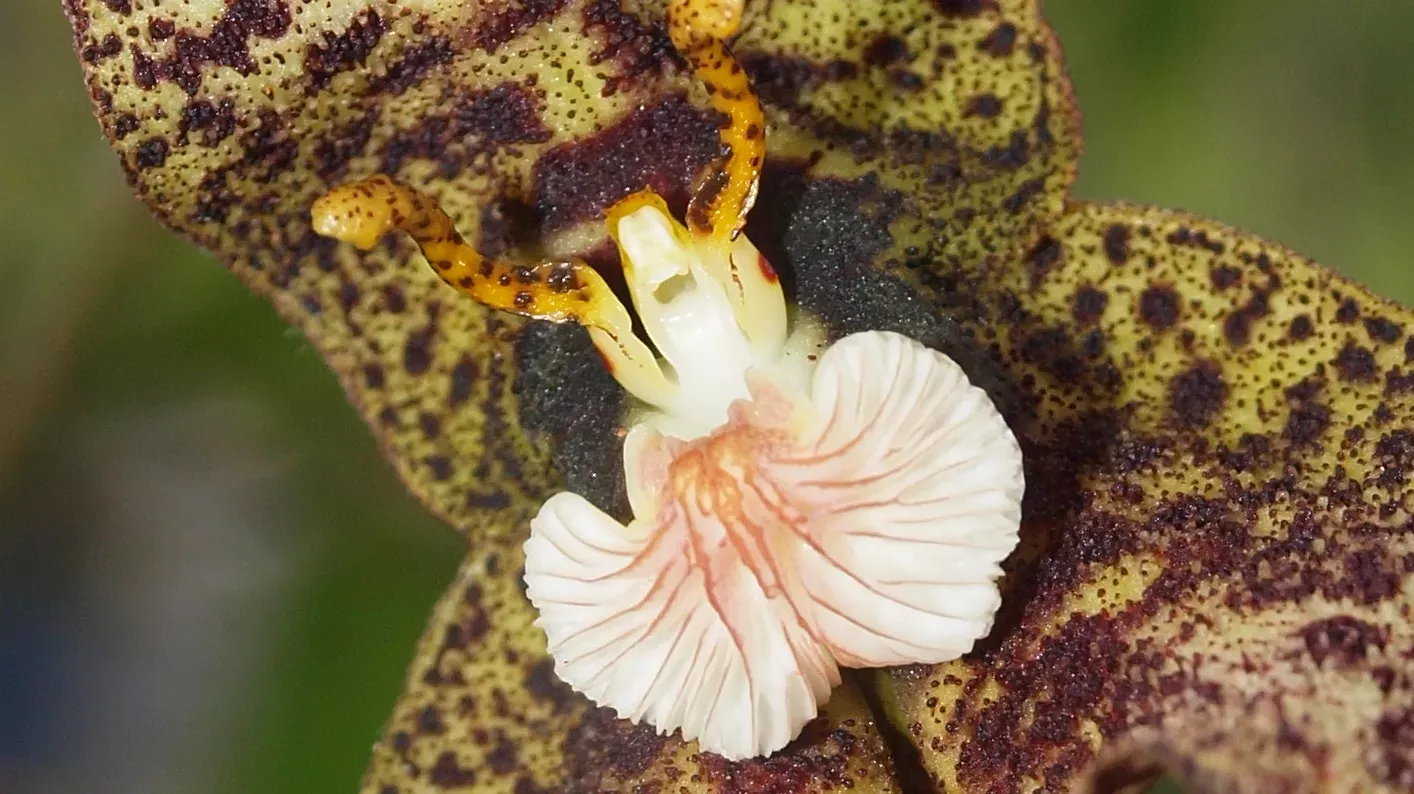
1. Rewards
Some orchids use nectar rewards to lure their pollinators.
The nectar attracts the insect pollinator to the flower. As the insect extends its proboscis (elongated mouthpart) to drink the nectar, pollen is deposited onto the body of the insect.
When the insect visits the flowers of another orchid of the same species, it transfers the pollen and fertilises the flower, which leads to the production of seeds.
The flowers of Christmas star orchids (Angraecum sesquipedale) have an extremely long nectar-containing tube, called a spur.
Only the African hawkmoth (Xanthopan morganii praedicta) has a proboscis long enough to reach the nectar at the bottom of the spur.
Due to this specificity in floral shape, the African hawkmoth is the sole pollinator of Christmas star orchids.
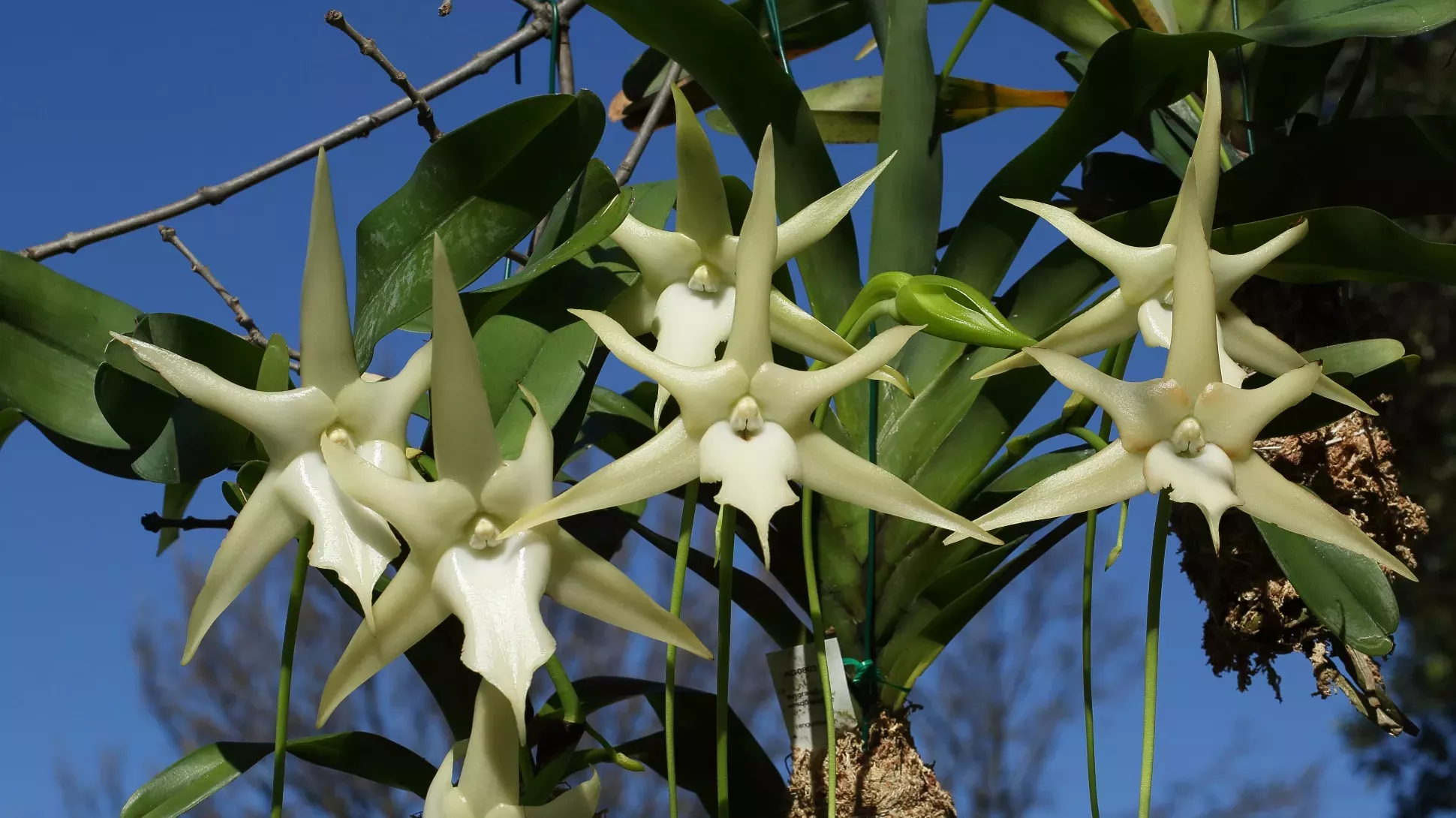
2. Deception
Other orchid species use deception to attract pollinators.
Bee orchid (Ophrys apifera) flowers have a large lip-shaped petal (labellum) that resembles a female of a species of solitary bee (Eucera spp.) sitting on the flower.
Male solitary bees attempt to mate with the flower and in the process, pollen attaches to the male bee.
The bee then moves on in the search for other females, and during future mating attempts with the flowers, pollen is transferred.
In the UK, however, the bee orchid does not need to use its powers of deception because it is self-pollinating; the pollen drops automatically onto the female reproductive organ (stigma) and fertilises the flower.
Must-see immersive art
Don't miss our latest exhibition at Kew, Mat Collishaw: Petrichor, where oil paintings meet algorithms to explore the relationship between art, technology and nature.
Collishaw's piece, Alluvian, was inspired by Pouyannian mimicry: the natural phenomenon in which flowers like the bee orchid have evolved to trick male pollinating insects by looking or smelling like a female insect.
Intrigued? Book tickets to Kew and discover more.
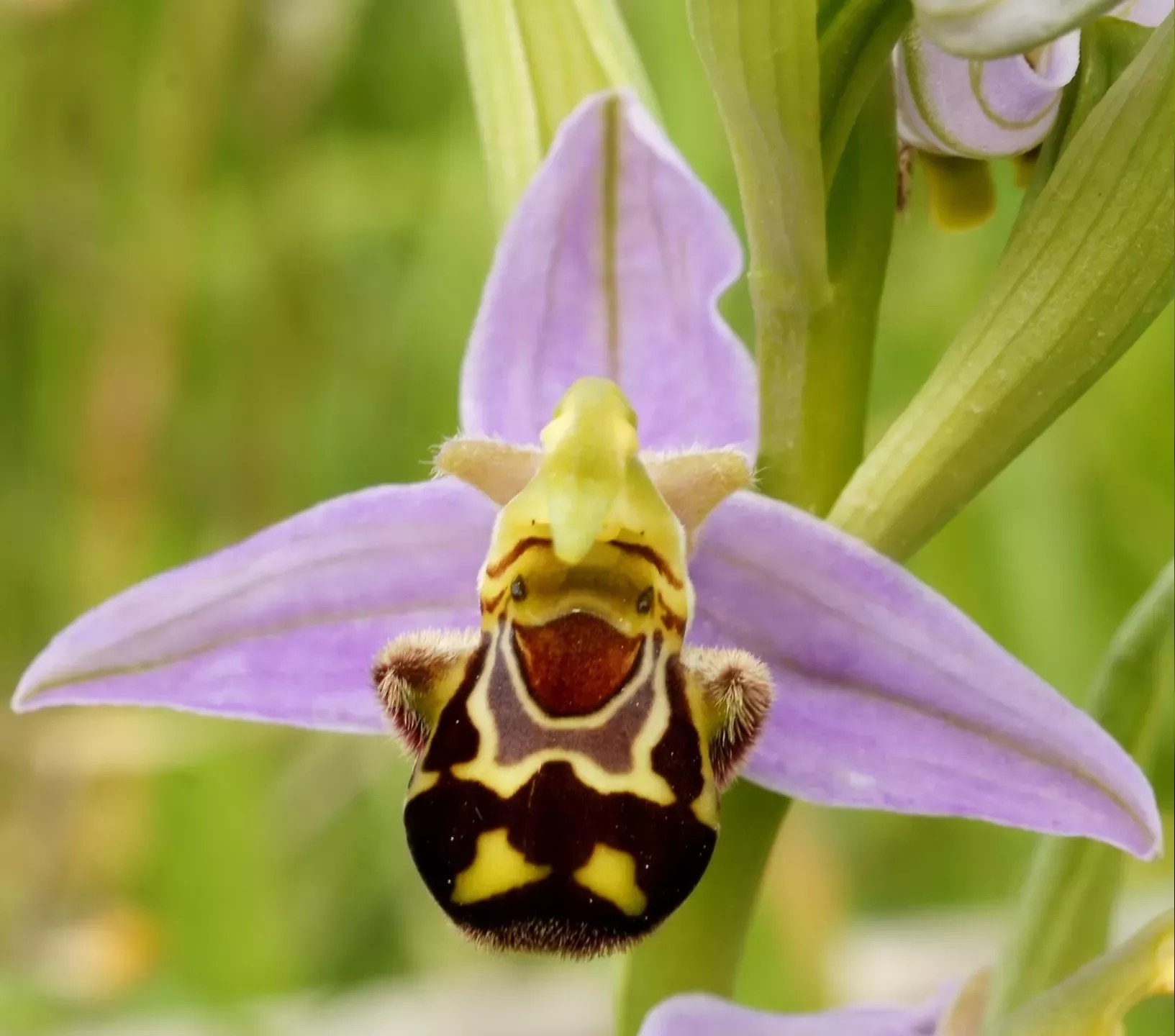
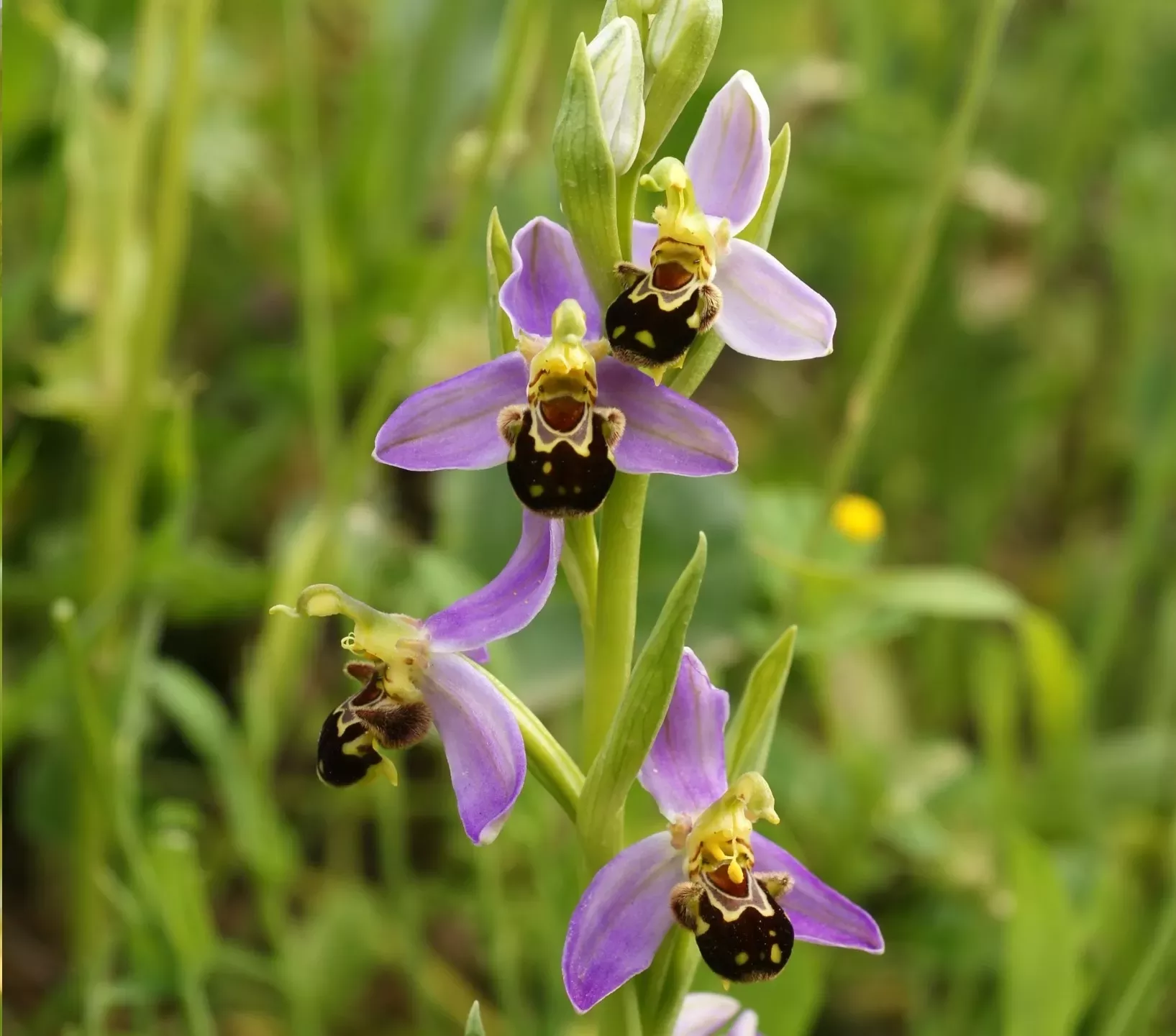
3. Traps
Orchids sometimes use traps to achieve pollination.
Hammer orchids are pollinated by thynnine wasps.
The labellum of hammer orchid flowers resembles a female wasp and it also produces chemicals that lure male wasps.
When the male attempts to mate with the flower, the labellum of the flower swings over, flips the male wasp upside down and directly onto the stigma, right where the pollen load is needed for pollination.
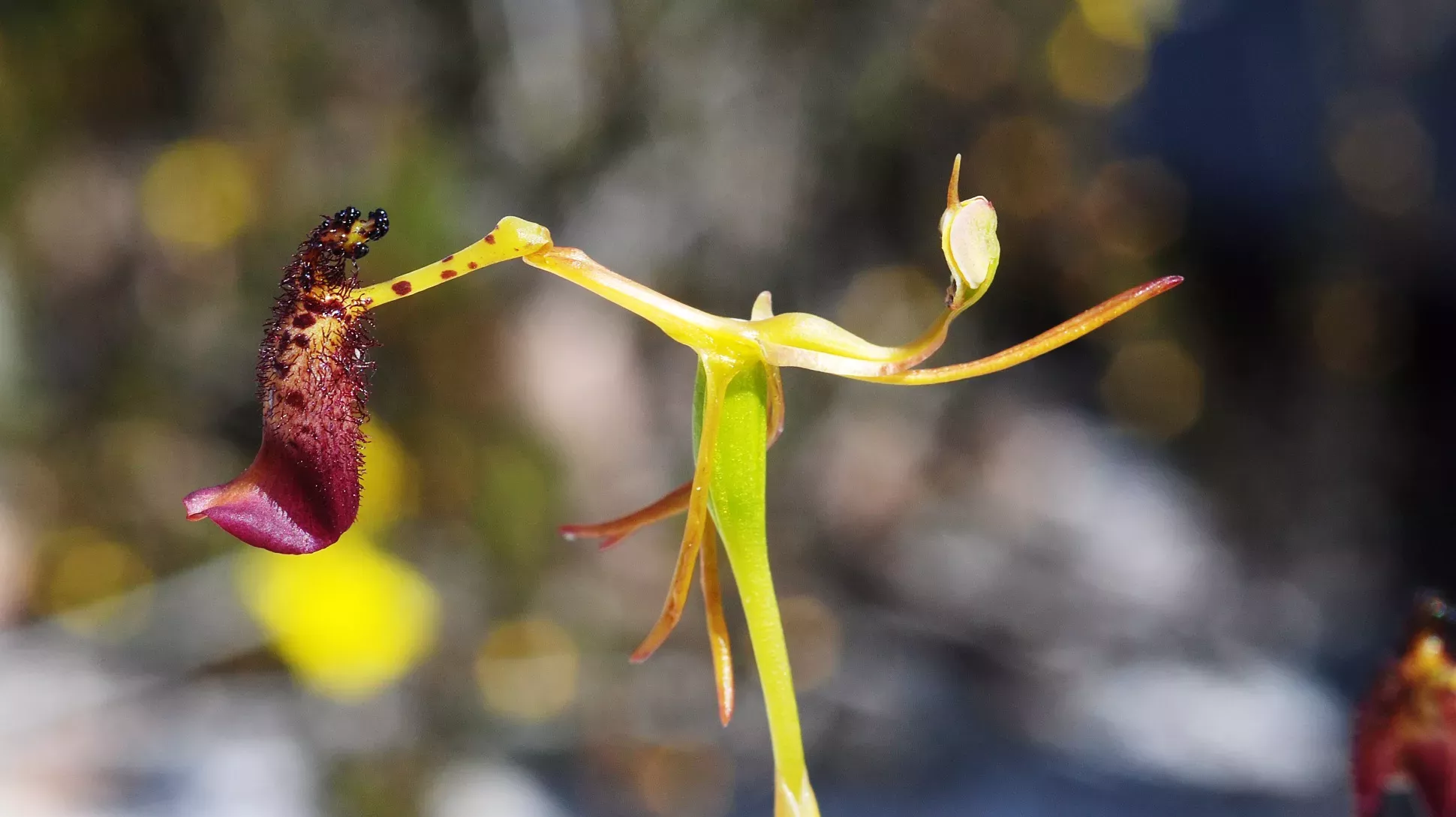
The delicate art of hand pollination
Sometimes, the specialised insects required to pollinate orchids are not found outside the orchid’s native range.
Here at Kew, in the absence of many orchid species’ native pollinators, our horticulturalists must hand pollinate the orchids.
When hand pollinating slipper orchids (Paphiopedilum spp.) for example, the pouch-shaped petal on its flowers must be carefully cut to reach the waxy pollen.
This pollen is collected using a sewing pin and is spread onto the stigma of the flower, which is an incredibly delicate and time-consuming task.
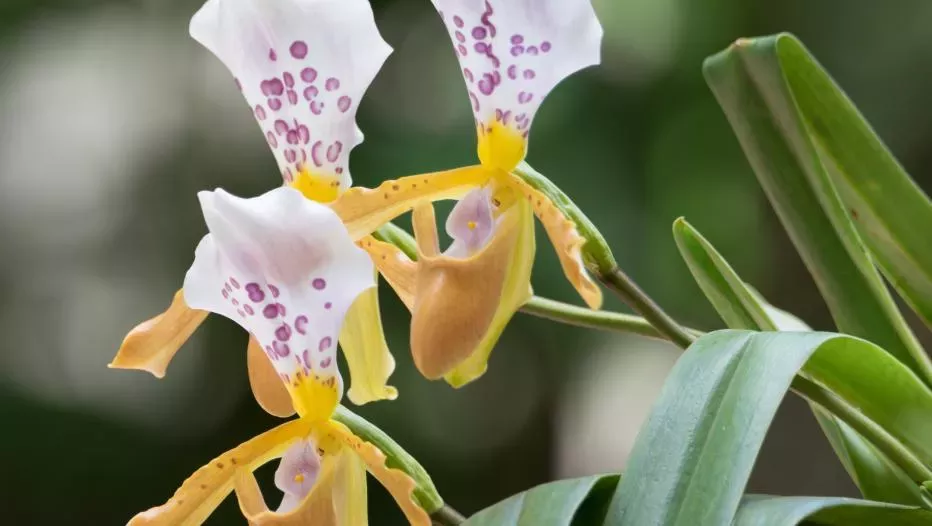
Why so picky?
Orchids that have exclusive relationships with just one pollinator often benefit from more efficient pollen transfer than orchids that rely on multiple pollinators.
This specificity allows direct transfer of pollen to the same orchid species and reduces the amount of pollen dropped or transferred to the wrong orchid species.
However, these highly specialised floral structures could be a hindrance in the face of global changes.
When species are highly dependent on one another, if one were to be negatively impacted, this would have repercussions for the other, having a knock-on-effect that could spread throughout entire ecosystems.
It is vital that we thoroughly research and understand these orchid-pollinator relationships to protect species from extinction, which is why we are so proud to have orchid specialists on our team.
